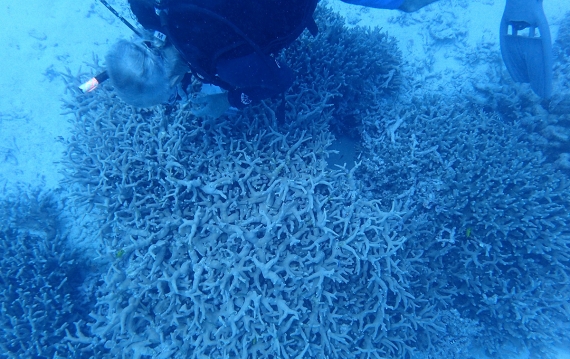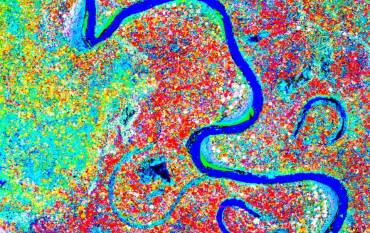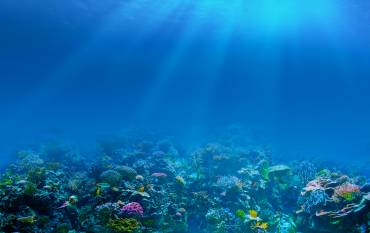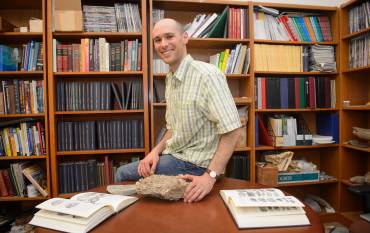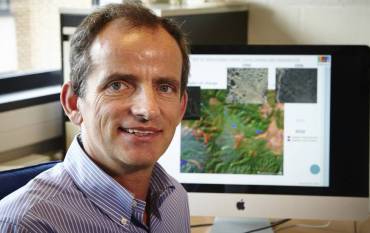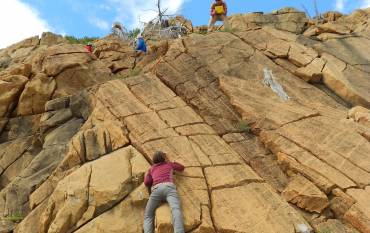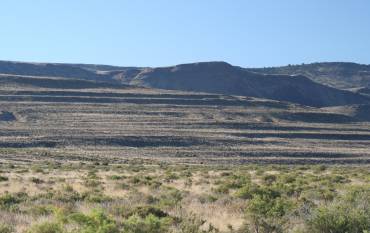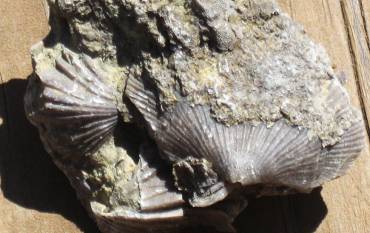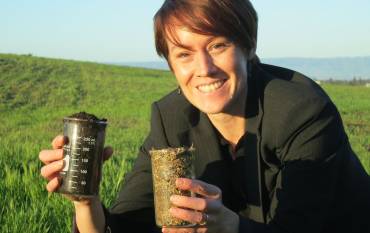The Stanford School of Earth, Energy & Environmental Sciences is now part of the Stanford Doerr School of Sustainability.
This page is currently being maintained for archival purposes only. For the latest information, please visit us here.
Evolution of Earth and Life
May 26, 2015
Carnegie Science
New research by Greg Asner illustrates a hidden tapestry of chemical variation across the lowland Peruvian Amazon, with plants in different areas producing an array of chemicals that changes across the region’s topography.
March 4, 2015
<p>Stanford School of Earth, Energy & Environmental Sciences</p>
February 19, 2015
Stanford School of Earth, Energy & Environmental Sciences
July 28, 2014
<p>Stanford School Of Earth Sciences</p>
March 25, 2014
- ‹ previous
- 4 of 5
- next ›
Subscribe to Earth Matters
A free monthly bulletin for your inbox



